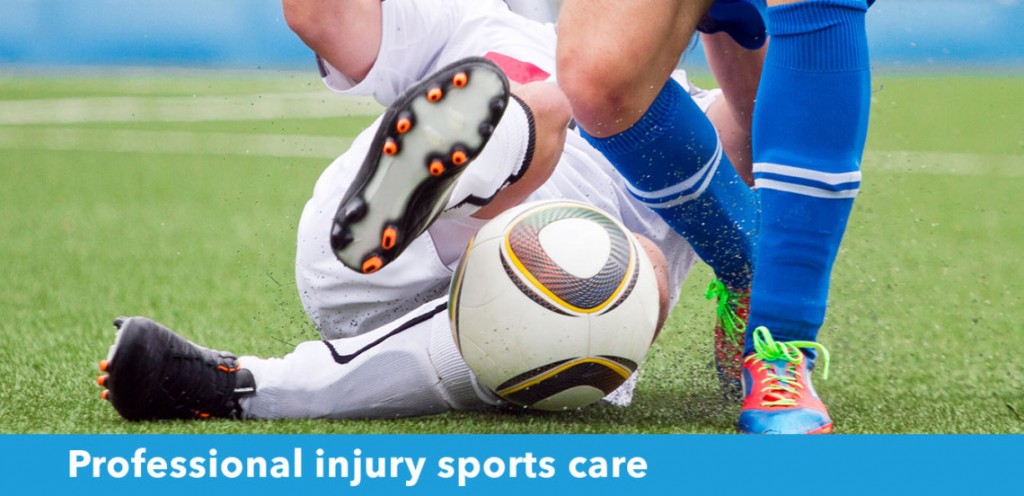
Sports Injuries
Although sports provide an enjoyable form of aerobic exercise and helps develop balance, agility, coordination, and a sense of teamwork, it is important to be aware of the risks for injury.
For those who enjoy sports, suffering from an injury which prevents you from participating in the sport you enjoy can be frustrating.
For this reason injury prevention, early detection, and treatment is important to help keep you active on the field long-term.
Prevention
At Happy Health Clinics, you can take advantage of the osteopathic and foot treatments that are on offer to help you get back on your feet. Problems in the feet caused by sporting (or non-sporting) injury, if not addressed properly can lead to problems elsewhere in the body. The combined Osteopathic and foot clinic services at Happy Health Clinics can therefore offer you treatment and prevention advice on not only foot injuries but on, ankle, knee, hip, spinal, neck and shoulder, elbow, wrist and hand complaints.
Injuries Seen in Clinic
When injured, it’s very easy and tempting, in some cases to just carry on with the sport, but as with most joint and muscular problems, earlier intervention, can lead to the body’s ability to recover more fully. Some of the conditions seen in clinic include:
- Plantar Fasciitis
- Achilles Tendonitis
- Metatarsalgia
- Ankle Sprain
- Groin strain
- Inflamed patella tendon
- Hamstring, quadriceps and calf strain
- Medial Meniscal injury of Knee
- Lower Back Pain
- Frozen Shoulder
- Tennis and Golfers Elbow
- Repetitive Strain Injury
- Pelvic pain
Causes of Injuries
Sports injuries occur for several reasons. Common reasons include:
- Overuse injuries
- Incorrect equipment
- Lack of warming up (and down)
- Inflexibility
Osteopathic and Foot Clinic Services
During the examination of your injury, your clinician will assess the state of the tissues of the body through observation and the use of touch (a technique termed palpation), and then lead the patient through a series of movements in order to assess the mobility of the body. Specific tests termed orthopaedic tests may be employed in order to see which tissues are implicated in the cause of the patient’s problem. At this point a diagnosis is formulated followed by treatment.
Treatment will vary depending on the nature of the problem, and will often involve reducing pain, increasing flexibility, decreasing tissue adhesions and tightness and restoring structural imbalance. Dietary, lifestyle and general self help advice can be given to aid in your recovery.
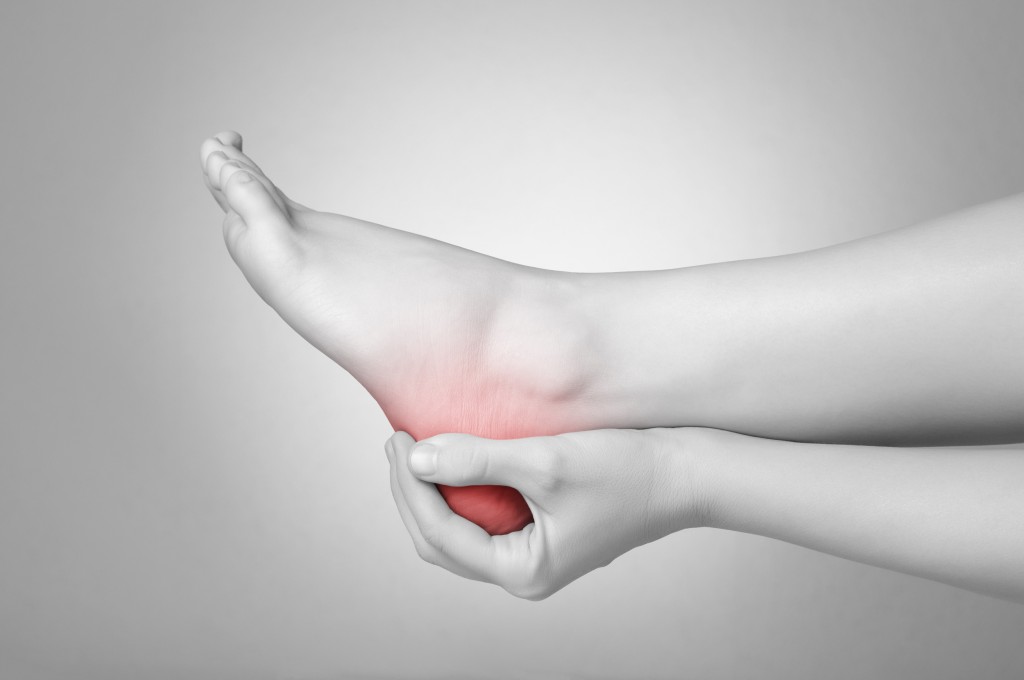
Foot and Ankle Pain
To state the obvious, foot problems can cause pain in the feet. Pain can occur in the foot and ankles for a number of reasons.
The foot and ankle is made up of a number of small bones interconnected by ligaments, muscles and fascia all working together to give the strength, stability and flexibility the foot and ankle needs to function properly.
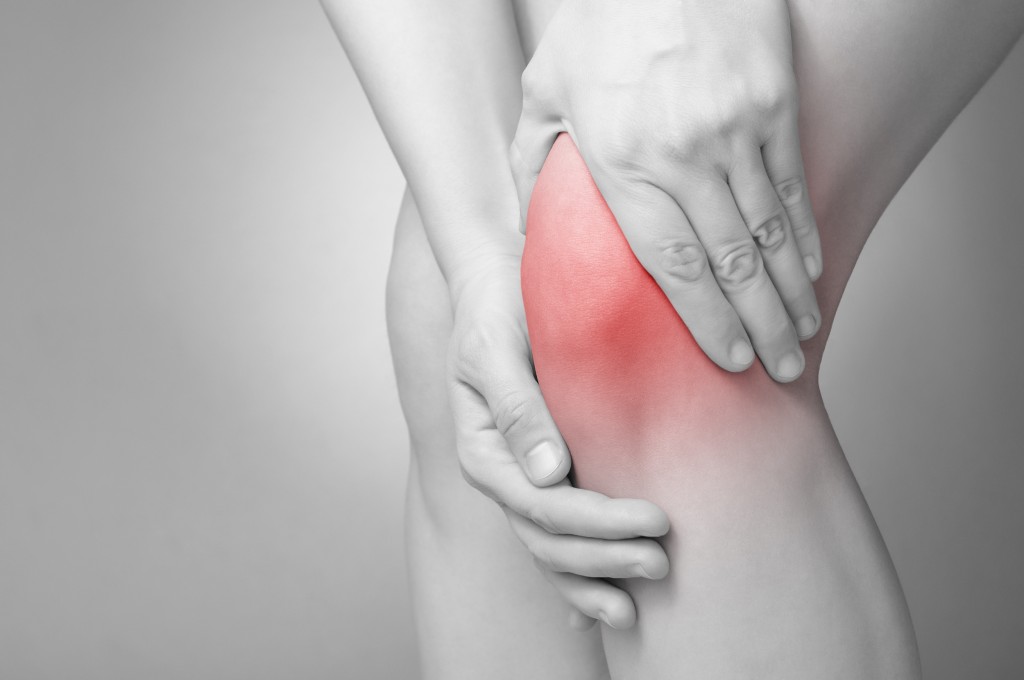
Knee Pain
The knee is the largest joint in the body. It is a major weight-bearing joint and is one of the most frequently injured joints in the human body.
Knee pain can have a number of different causes and can be painful and debilitating and although some conditions may require surgery many can be helped with the right advice, exercise and treatment.

Hip Pain
There are a number or reasons for hip pain some of which can be helped by visiting an osteopath.
Pain can come from a tight, strained or overused muscle in the hip or from the joint itself. Pain in the hip can sometimes be the result of an injury, it can be referred from the back or related to the way you move, stand and/or use your hip.
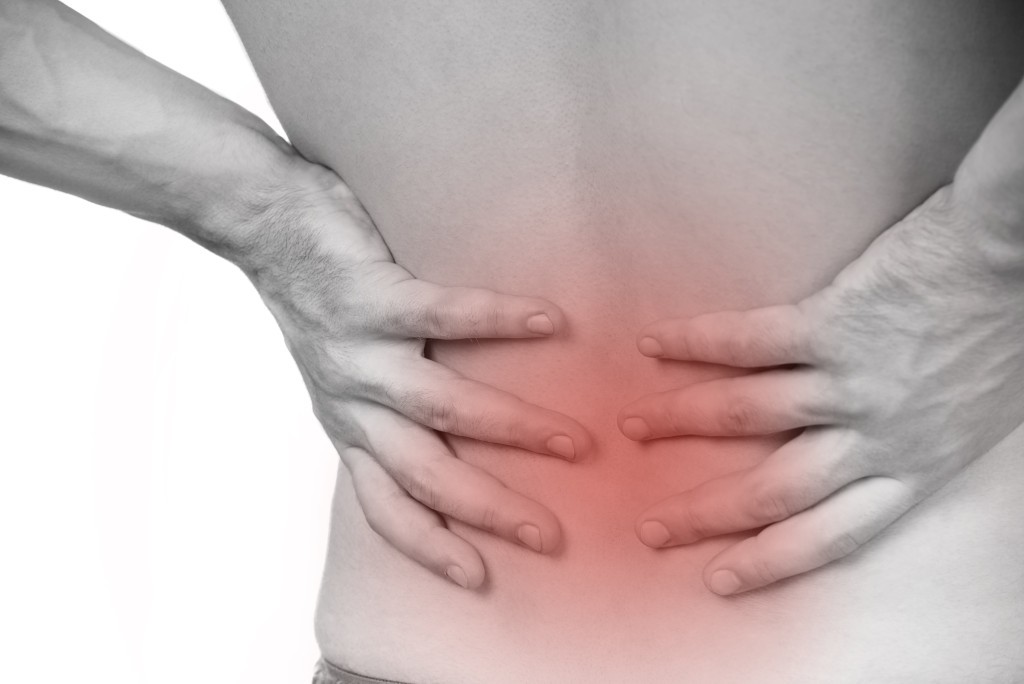
Back Pain
Back pain is a very common problem, with reports suggesting as many as eight out of ten of us will suffer from it at some point during our lives. Around 5.6 million working days in the UK are lost each year due to back pain, second only to stress.
Special Services
In some more complex problems of the feet it may be required that the patient has a biomechanical assessment. This involves taking a series of measurements of the feet and legs whilst standing, walking and lying down.
Often this may be accompanied by a gait analysis. This is the walking part of the assessment and involves walking for a few minutes on a treadmill while a video is made of the feet. The recording is then slowed down and analysed in detail by your clinician who will explain the findings.
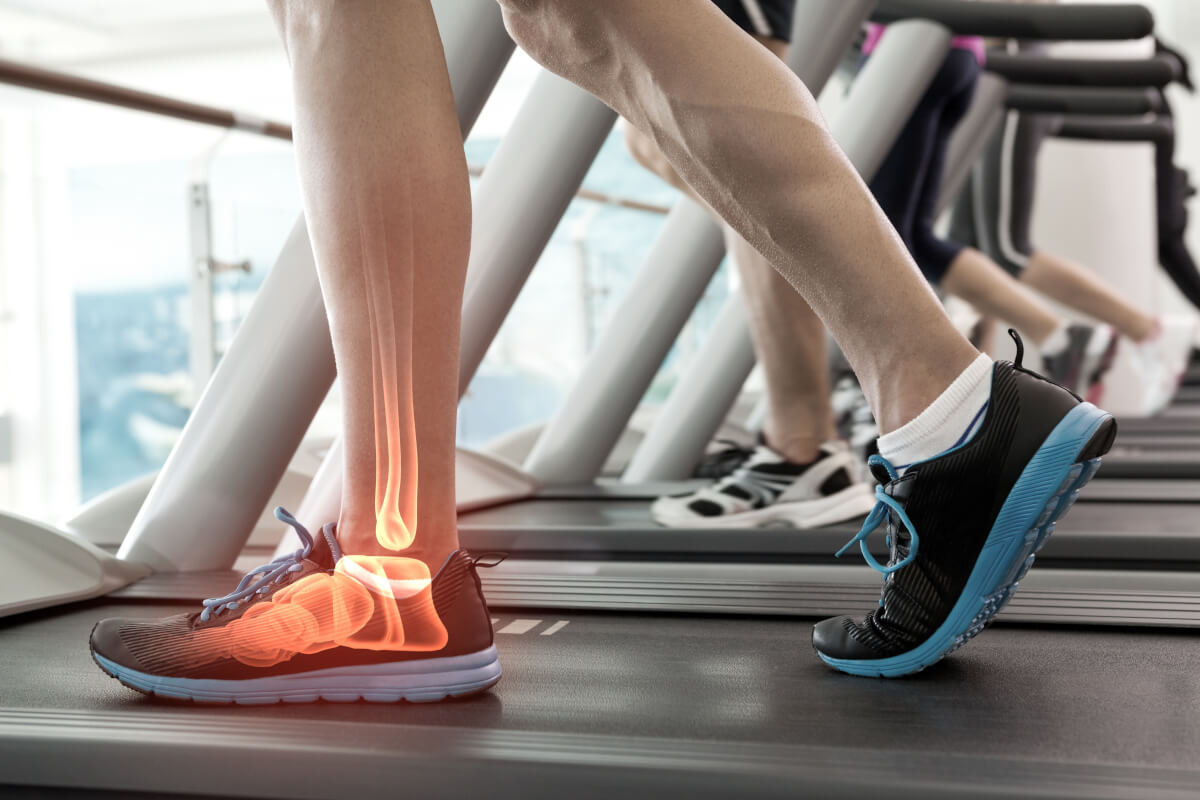
It may be that after examination that you may need orthotics to help correct foot posture. These can be custom made at the clinic.
General advice about sports injury prevention.
Sports can be beneficial in a number of ways, and apart from the health and fitness benefits, they can be great fun. Whilst sports are ever popular, unfortunately so are sports related injuries, so for those of us who enjoy sports, knowledge of sports injury prevention would be most helpful. As a general plan for avoiding sports injuries, Happy Health Clinics fully endorse the following recommendations from American Academy Of Paediatrics.
- Take time off. Plan to have at least 1 day off per week from a particular sport to allow the body to recover.
- Wear the right gear. Players should wear appropriate and properly fitting protective equipment such as pads (neck, shoulder, elbow, chest, knee, shin), helmets, mouthpieces, face guards, protective cups, and/or eyewear. Young athletes should not assume that protective gear will protect them from performing more dangerous or risky activities.
- Strengthen muscles. Conditioning exercises during practice strengthen muscles used in play.
- Increase flexibility. Stretching exercises before and after games or practice can increase flexibility. Stretching should also be incorporated into a daily fitness plan.
- Use the proper technique. This should be reinforced during the playing season.
- Take breaks. Rest periods during practice and games can reduce injuries and prevent heat illness.
- Play safe. Strict rules against headfirst sliding (baseball and softball), and spearing (football) should be enforced.
- Stop the activity if there is pain.
- Avoid heat injury by drinking plenty of fluids before, during and after exercise or play; decrease or stop practices or competitions during high heat/humidity periods; wear light clothing.[/column]
